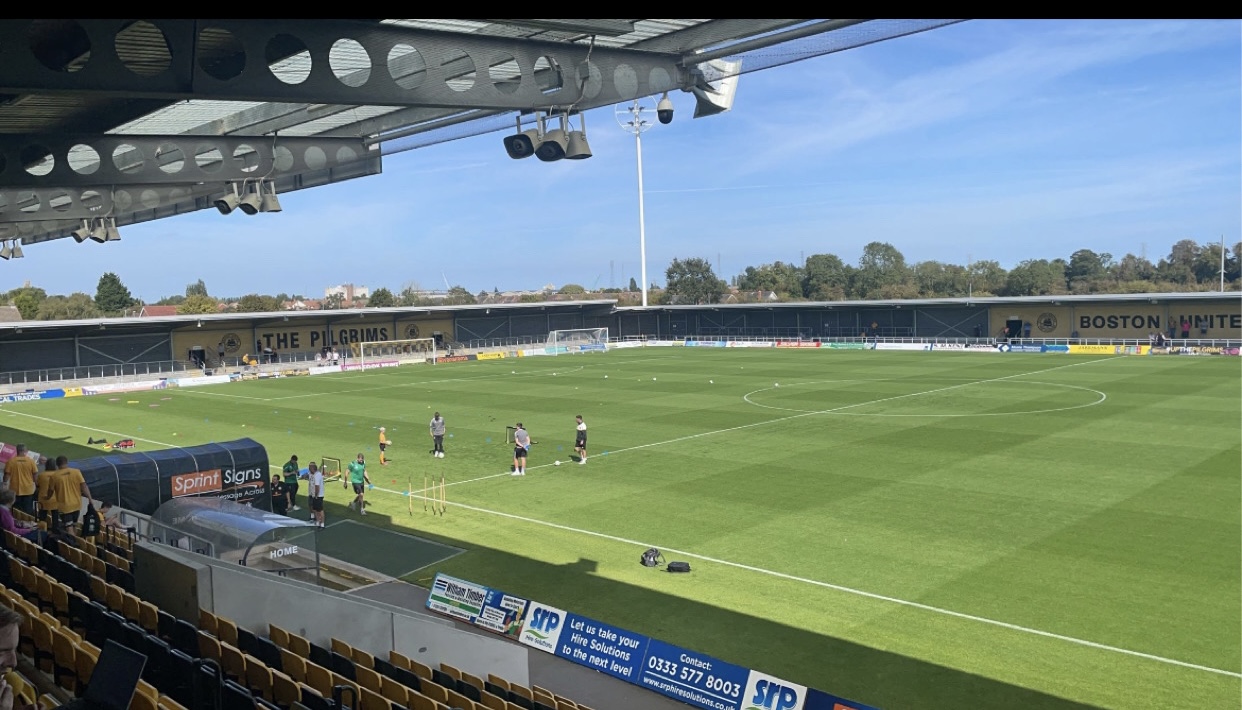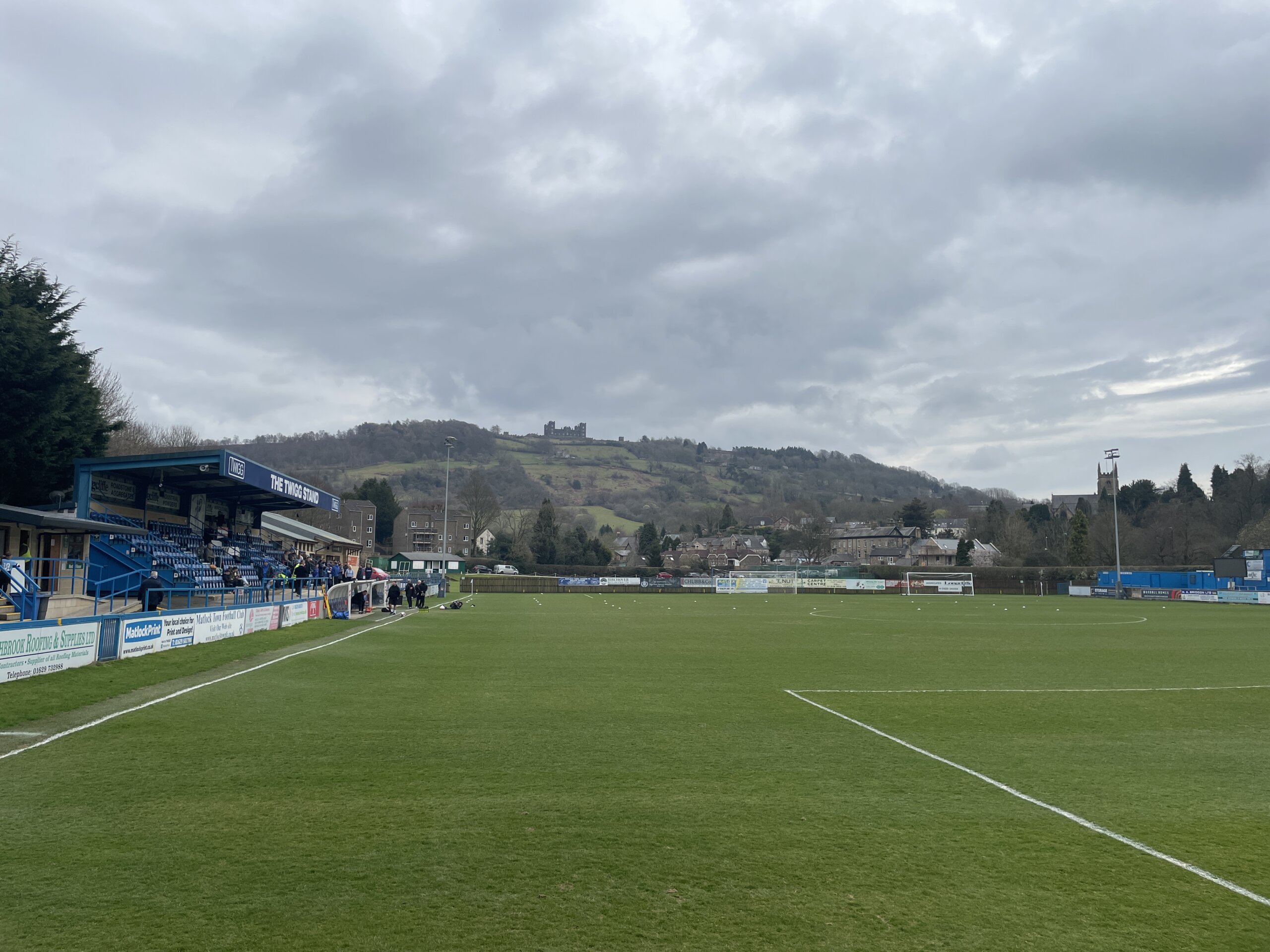The importance of the Non-League Paper to non-league football
In the world of non-league football, there’s a noticeable gap in media coverage, and the Non-League Paper has stepped in to fill it.
Non-league football is a vibrant and passionate part of the game, offering communities the chance to rally behind their local teams and express their identity through the sport. However, despite its rich stories and the remarkable talent that often emerges from non-league, it seems to be overshadowed in mainstream coverage.
Having recently completed a university placement with the Non-League Paper, I came to realise just how little attention the non-league scene gets from the major media outlets. While UK football coverage is heavily dominated by the Premier League – understandably so, given its global appeal – this leaves a significant gap for the non-league scene, which is often overlooked.

The decline of local newspapers has only worsened this issue. According to a 2023 study by The Guardian:
“The numbers make for bleak reading: in the past decade, about 300 local newspapers have shut, as print advertising – the once mighty backbone and lifeblood of the market – has lost more than £1bn in value, mostly to digital companies such as Facebook and Google.”
Without the Non-League Paper, it feels like many non-league football supporters would struggle to stay updated on the latest news or access match reports, especially outside of social media platforms.
To delve deeper into these issues, I had the opportunity to sit down with Harry Whitfield and Matt Badcock of the Non-League Paper for a Zoom discussion.
How important is the Non-League Paper?
Harry: “It’s massive. We’re massive because I don’t think you get anywhere else like the Non-League Paper. You’ve got match reports from every weekend for the top four leagues.
“There aren’t many publications doing that. It’s not just the coverage of the matches – it’s the stories you tell behind the scenes of the football clubs.
“You talk about someone like Jamie Vardy and the journey he made through the leagues. It’s about finding the next Jamie Vardy or stories of other people who are going to rise through the ranks.
“That’s what the Non-League Paper is all about. I think they’ve done a great job over the past few years. You see all the awards they win. It is one of the big publications advocating for English football.”
Matt: “We all love non-league football. That’s why we write for the paper and do what we do.
“There are so many great stories every single season. The paper’s been going for twenty-five years. I think that’s kind of a testament to the paper.
“The last few years have not been easy for the print industry, but we’ve still been able to keep going, keep thriving, because there is that real interest and appetite to read about the game.
“I’d like to think we’ve played a good part in boosting the coverage of non-league football and raising its profile, as well as showing how good this level of the game is and how many great people are involved in it – from managers and players to clubs, but also volunteers.
“We’re trying to shine a light on everybody.”
In addition, I asked about the impact of social media, given that in 2023, 67% of non-league clubs had a social media account.

What impact does social media have on non-league football?
Harry: “I don’t think the social media levels are on the same level as Football League clubs, but it is certainly gaining traction. It will almost follow how big the National League gets as it continues to grow with more and more numbers.
“On social media, it is probably a small community, but it’s a growing community. It’s certainly a passionate local community, and there are good volunteers in non-league football.
“There are a lot of people who do a lot of hard work to run these socials and manage the social pages of the football clubs, and there’s certainly a lot of passion behind it. I think as the game grows and more and more money goes into it, the bigger it will get.”
Matt: “I started back at the paper in February 2009. The media in this country was much more print-driven. Obviously, the Internet and websites were a thing.
“But the way people interact has completely changed in that time, through social media, and what clubs are able to do themselves has changed too.
“When I first started at the paper, through the summer months, we’d have to find news for each club, and some of it was hard to find because they wouldn’t update websites through the summer.
“It was difficult. Some were doing lots or had great local paper coverage. But for others, you had to root around or make phone calls to find information.
“But now, you look across the whole of the National League system and non-league football in general. Clubs are doing so much great stuff on their own channels, and that is allowing people wider access to what’s going on.
“They’ve got their own websites, so you don’t need to go into the actual print sections of newspapers, but they’re able to do so much more and cover it. You find so many interesting stories.
“I think there’s always room for more coverage as well, and that’s the flip side of it. Local papers have kind of been dwindling in the last few years, shutting down completely or having their space much more restricted. There aren’t as many local paper reporters working on patches anymore.
“Football’s suffering generally because that local kind of day-to-day independent coverage is dying, and we’ve just seen DAZN take over the TV rights of the National League.
“I think that’s where the Internet has made the world a smaller place. People abroad can tune into this level of the game.”



